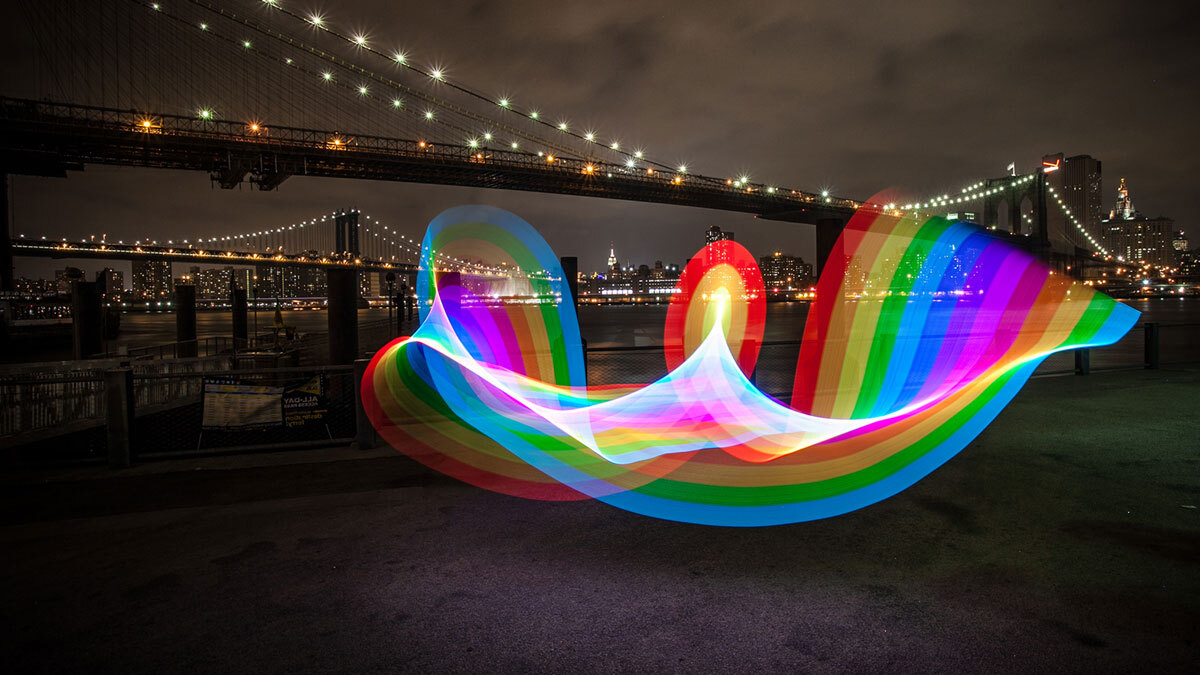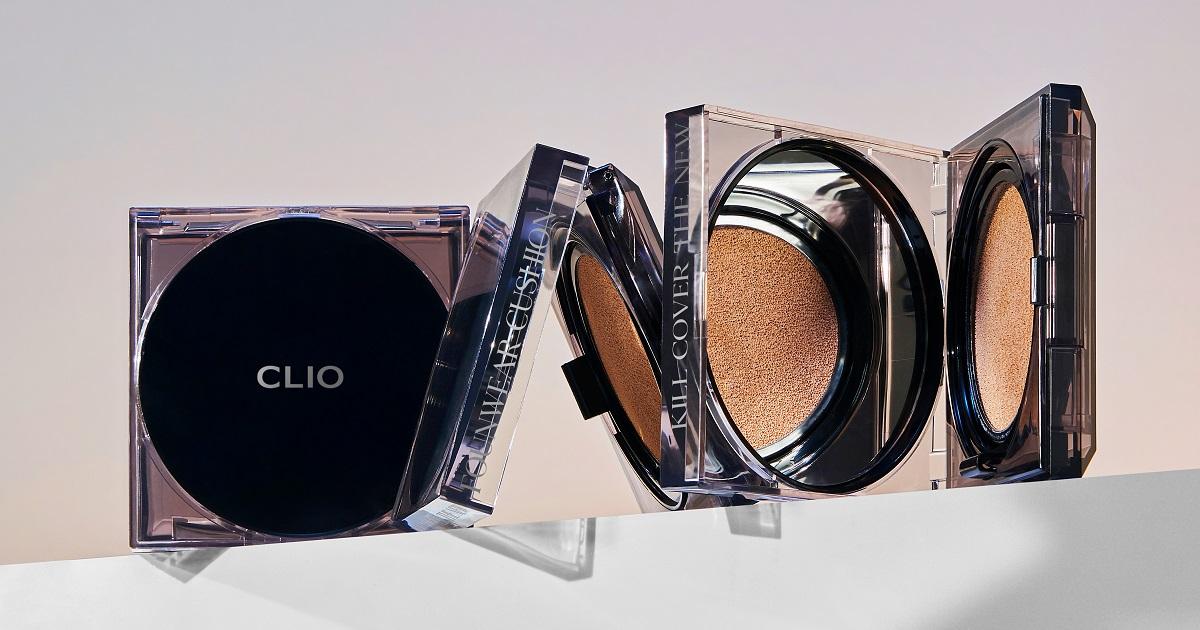
LED light painting is a mesmerizing technique that combines photography and illumination to create stunning visual effects. This art form allows artists to draw in the air with light, using long exposure photography to capture their dazzling creations. Whether you're a seasoned photographer looking for new ways to express creativity or a curious beginner eager to try something exciting, understanding the basics of LED light painting can open up a world of possibilities. From the types of lights used to the settings on your camera, mastering this technique requires both knowledge and imagination. In this blog post, we'll uncover 15 intriguing facts about LED light painting that will inspire you to pick up your camera and start experimenting with light in ways you never thought possible. Get ready to illuminate your world with color, movement, and creativity.
What is LED Light Painting?
LED light painting is a technique that combines long exposure photography with the creative use of light sources to draw or paint in a scene while the camera's shutter remains open. This method allows photographers to capture vibrant trails of light in their images, creating stunning and ethereal effects. Typically, artists use LED lights due to their energy efficiency, vibrant colors, and the ability to control them easily.
How Does LED Light Painting Work?
In essence, LED light painting works by moving a light source in front of a camera set to a long exposure. As the camera captures the scene over several seconds (or even minutes), any movement of the light source is recorded as bright streaks against the darker background. This technique requires a dark setting and a camera capable of manual settings, allowing the photographer to adjust the exposure time, aperture, and ISO to suit the desired effect.
-
Versatility – LED lights come in various shapes and sizes, from small handheld torches to LED strips and wands, offering artists a wide range of tools for creativity.
-
Color Range – LEDs are available in a broad spectrum of colors, enabling painters to add dynamic, colorful designs to their compositions.
-
Control – Many LED devices offer adjustable settings like brightness and color, giving artists precise control over their light sources.
The Origins of Light Painting
Light painting isn't a new phenomenon. It dates back to 1914 when Frank Gilbreth, along with his wife Lillian, used small lights and the open shutter of a camera to track the motion of manufacturing and clerical workers. This was an early form of motion study, rather than art. However, it laid the groundwork for what would become a popular artistic technique.
- Innovation – The Gilbreths' work represents the first known instance of using light to create long exposure photographs, marking the beginning of light painting's evolution.
Evolution into Art
Over the years, light painting has evolved from a scientific method to a full-fledged art form. Artists and photographers began experimenting with this technique to create unique and captivating images. By the late 20th century, LED technology had advanced significantly, providing more tools for artists to work with.
-
Artistic Expression – Light painting has become a way for artists to express themselves uniquely, blending photography and painting.
-
Community Growth – With the rise of social media and digital platforms, light painting artists have formed a global community, sharing techniques, and inspiring one another.
Popular Techniques in LED Light Painting
There are several popular techniques within the realm of LED light painting, each offering a different aesthetic and challenge.
-
Orb Creation – Using a spinning LED light at the end of a string, artists can create perfect orbs of light in their photos.
-
Light Stencils – By placing a cutout between the light source and the camera, painters can project shapes and patterns into their scenes.
-
Silhouettes – Positioning a subject between the camera and the light source can create dramatic silhouettes filled with intricate light patterns.
Tips for Beginners
Starting with LED light painting can be daunting, but with a few tips, anyone can begin experimenting with this fascinating art form.
-
Start Simple – Begin with basic shapes and movements to understand how different motions affect the light trails in your photos.
-
Use a Tripod – Stability is key in long exposure photography, so using a tripod will help keep your camera steady and your images sharp.
-
Experiment with Settings – Don't be afraid to play around with your camera's settings. Adjusting the exposure time, aperture, and ISO can lead to different and exciting results.
The Future of LED Light Painting
As technology advances, so too does the potential for LED light painting. New innovations in LED and camera technology continue to open up possibilities for artists.
-
Integration with Technology – With the advent of programmable LEDs and digital cameras, artists can now create more complex and precise light paintings than ever before.
-
Interactive Installations – Some artists are taking light painting beyond the photo, creating interactive installations that allow viewers to engage with light art in real-time.
-
Educational Applications – LED light painting is also being used as an educational tool, teaching concepts of photography, physics, and art in a hands-on and engaging way.
A Final Brushstroke on LED Light Painting
LED light painting isn't just a trick of light and shadow; it's a vibrant art form that lets creativity shine bright. Artists and hobbyists alike dive into this world, using LED lights as their brushes and the night as their canvas. This technique has revolutionized photography and art, pushing boundaries and opening up new possibilities for expression. From creating surreal landscapes to adding dynamic energy to portraits, LED light painting offers endless opportunities for innovation. Whether you're a seasoned photographer looking to spice up your portfolio or a curious beginner eager to try something new, this art form welcomes all. Remember, the only limit is your imagination. So grab your lights, find your scene, and let the magic unfold. Who knows? Your next masterpiece could be just a shutter click away.
Was this page helpful?
Our commitment to delivering trustworthy and engaging content is at the heart of what we do. Each fact on our site is contributed by real users like you, bringing a wealth of diverse insights and information. To ensure the highest standards of accuracy and reliability, our dedicated editors meticulously review each submission. This process guarantees that the facts we share are not only fascinating but also credible. Trust in our commitment to quality and authenticity as you explore and learn with us.


